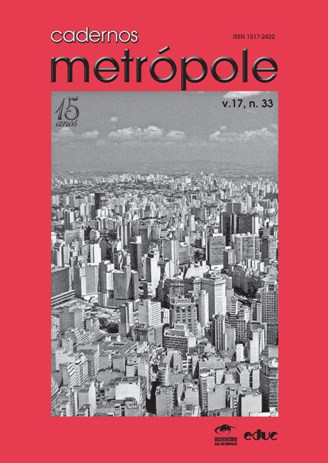Gentrification of the modernistic city: Brasília
Keywords:
gentrification, Brasília, housing market, institutional capacity, housing bubble, CON-FUSED city, panoptic architecture, automobile consumption, housing deficitAbstract
This article investigates the occurrence of gentrification in Brasília. There is criticism in relation to economic and social costs, to the effects of panoptic architecture in society, and especially to the State’s role and level of intervention, present in the high degree of urban regulation and in the monopoly of the land market. All these factors restrict the housing supply, and result in a pattern of territorial occupation framed in the city model called COM-FUSA (CON-FUSED), compact and diffused in the territory. Widespread gentrification is perceived in the statement that Brasília is the automobile city, which is revealed by the largest proportion of cars per inhabitants, and mainly by the amount of cars for use in the fields. It is observed that the housing deficit problem is not related to land scarcity, but to property scarcity.Metrics
Metrics Loading ...
Downloads
Published
2015-05-29
How to Cite
Lauriano, W. (2015). Gentrification of the modernistic city: Brasília. Cadernos Metrópole, 17(33), 155–178. Retrieved from https://revistas.pucsp.br/index.php/metropole/article/view/19687
Issue
Section
Artigos
License
A revista não tem condições de pagar direitos autorais nem de distribuir separatas.
O Instrumento Particular de Autorização e Cessão de Direitos Autorais, datado e assinado pelo(s) autor(es), deve ser transferido no passo 4 da submissão (Transferência de Documentos Suplementares). Em caso de dúvida consulte o Manual de Submissão pelo Autor.
O conteúdo do texto é de responsabilidade do(s) autor(es).


